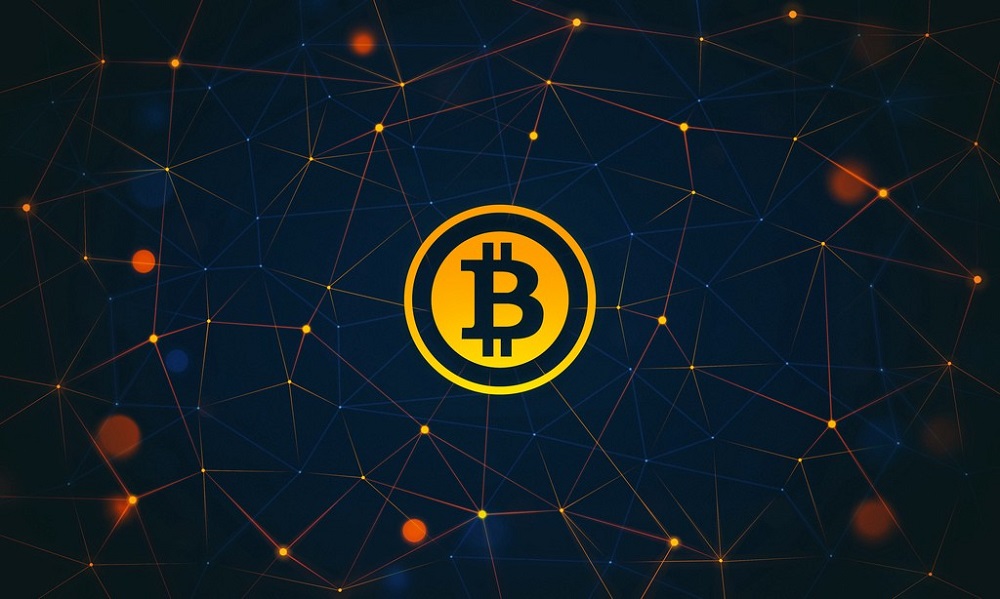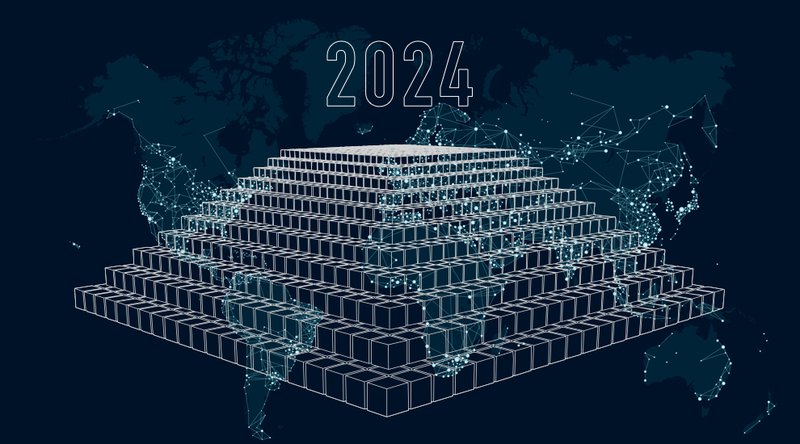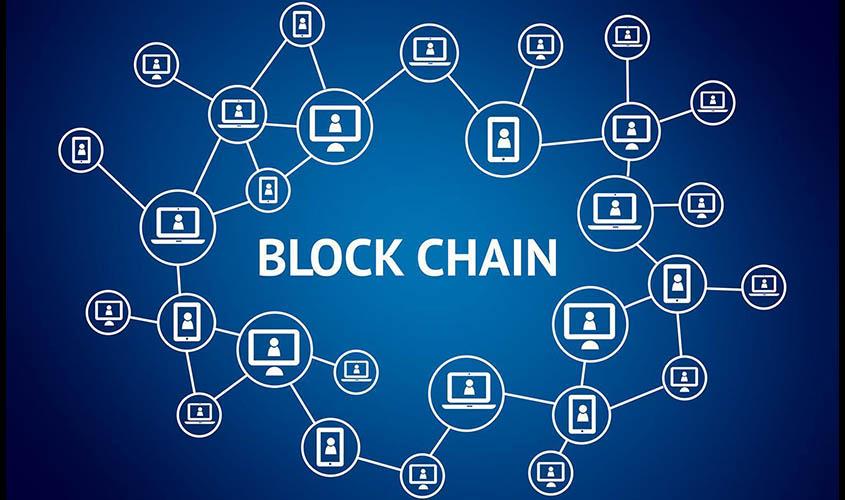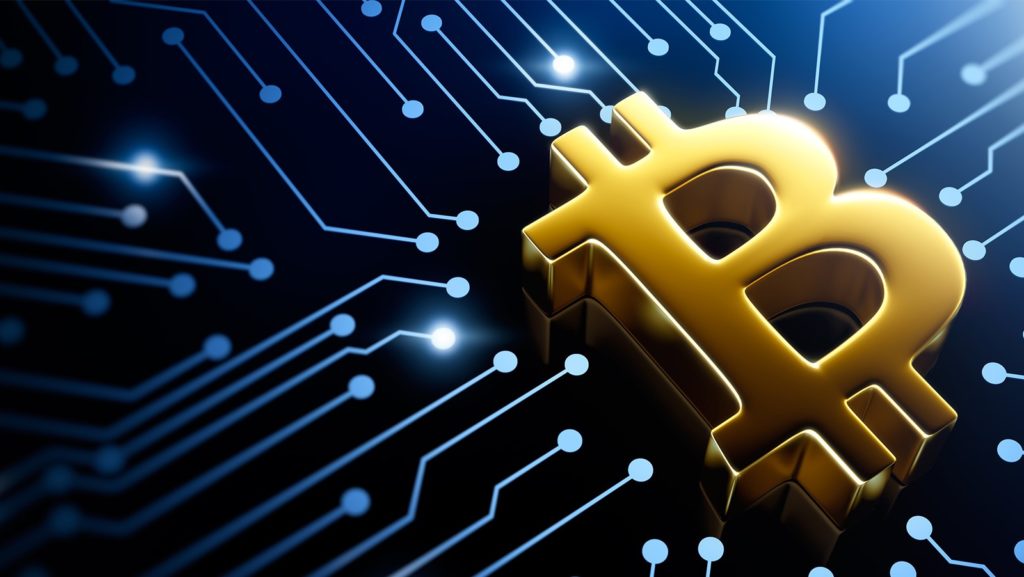The blockchain is currently a new buzzing word in the whole international market. The technology first started in 2008 and was heavily criticized at that time. But over the years due to the increasing trend of “Bitcoins”, the similar technology i.e. Blockchain gained the confidence of the Investors. In the current scenario of digitalization, this technology is the most suitable way to empower any business and earn a lot of money. Blockchain technology offers the variety of benefits to its customers. However, before discussing those benefits one should know about the meaning and concept of Blockchain as well as Bitcoin in detail.
What is Blockchain?
The blockchain is a new way to store and make transactions without any third party involvement. This technology is very much like the traditional one but with the recent updations, the set of the block are linked together cryptographically in order to save it from any sort of tempers. Blockchain was created in 2008 with the aim of inventing a digital currency. The best example of such currency is currently the Bitcoin which is one of those similar currencies working on this system.
Other one associated with Blockchain includes Cryptocurrency, Monegraph Otonomos, and GetGems etc. As the name suggests Blockchain system works on the blocks. With each block contains some form of computer information, like proof of banking transactions or contract etc. However, each block on the Blockchain system is connected with another block through digital signatures. Thus, if you want to send money to your parents living in another country, this method is much secure as banks need to digitally match the signature and transfer the money.
But in as in case of Blockchain, such cases are eliminated. Customer transferring money can easily trail the same through this system. This system is a decentralized one which means it is not owned by any individual person.
All the blocks are interconnected so that chain becomes large yet any unofficial entry is traceable by everyone. Everyone can use and help in maintaining the tech-friendly system. People who run this system use bundle of information created by others to set in blocks in chronological order.
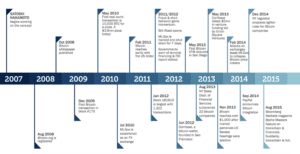
What is Bitcoin?
You probably have heard this word in the last couple of years a lot. The reason being – Bitcoin was the first color up of Blockchain with the help of which anyone can transfer some portion of bitcoins to anyone cheaply and quickly. Bitcoin is different from the Credit card, PayPal, Xoom or other systems of transferring as there is no middleman involved in latter’s case.
In fact, people can directly transfer Bitcoin to their personal computers. Bitcoin uses Blockchain to properly track the record of ownership of the Bitcoin, thereby making sure that there is only one person who can be the owner of Bitcoins at one time. Bitcoin is just the tip of the Ice Berg of Blockchain.
The history of Blockchain
The Blockchain works on the principle of cryptography system which was first suggested by the Stuart Haber and W. Scott Stometta in 1992. They incorporated Merkle trees to the Blockchain as an efficiency improvement system to be able to collect several documents into one block.
But the first distribution of Blockchain was designed and conceptualized by an unknown person or a group known as Sathosi Nakamoto in 2008. This led to the implementation of the first digital currency Bitcoin. Blockchain acts as an open ledger for this currency which is a peer to peer relationship and a distributed time stamping server whose database is managed autonomously.
This technology gave rise to the first digital currency by enabling it to provide various benefits like double spending or easy traceability. The design of Blockchain has been an inspiration from traditional methods.
The word Blockchain is originally composite from two words block and chain mentioned in Satoshi Nakamoto’s research paper. But when this system was understood by all it was given the name of Blockchain.
Later on, there were more developments in the Blockchain network and there was a new term “Blockchain 2” was introduced in the market in 2014. This term suggests a more developed Blockchain that allows its users to write more sophisticated smart contacts. It also helps in creating invoices that pay themselves when a shipment arrives or share certificates which automatically send their owners dividends if profits reach a certain level. This new development not only talks about transactions but it takes the Blockchain network to a whole new level.
The second generation technology (Blockchain 2) makes a person to store individual’s persistent digital ID and persona. This overcomes the social inequality by changing the way wealth is distributed. Yet this chain requires an off chain oracle to access any external data or events based on time or market conditions to interact with the Blockchain.
Blockchain has not been contained in currency transaction, on the contrary, this system has been used by Russian Central Securities depositories that have announced a pilot project based on the system.
Except them, various regulatory bodies in the music industry are using this system to manage the royalty and copyrights around the world. There has been a focused discussion to develop this system further by world economic forum in 2016.
In early 2017, the Harvard Business Review suggested that Blockchain is a foundational technology and thus “has the potential to create new foundations for our economic and social systems.” It was further observed that while foundational innovations can have the enormous impact, “It will take decades for Blockchain to seep into our economic and social infrastructure.
How Does Blockchain work?
The Blockchain is relatively a new technology but it is based on three traditional principles. These principles form the basis for this technology that enables quick, safe and easy transactions. To know about Blockchain it is necessary that one should understand the three major principles which are mentioned below:-
- Private key cryptography.
- A distributed network with a shared ledger.
- An incentive to service the network’s transactions, record-keeping and security.
All the above three technologies have been explained below:-
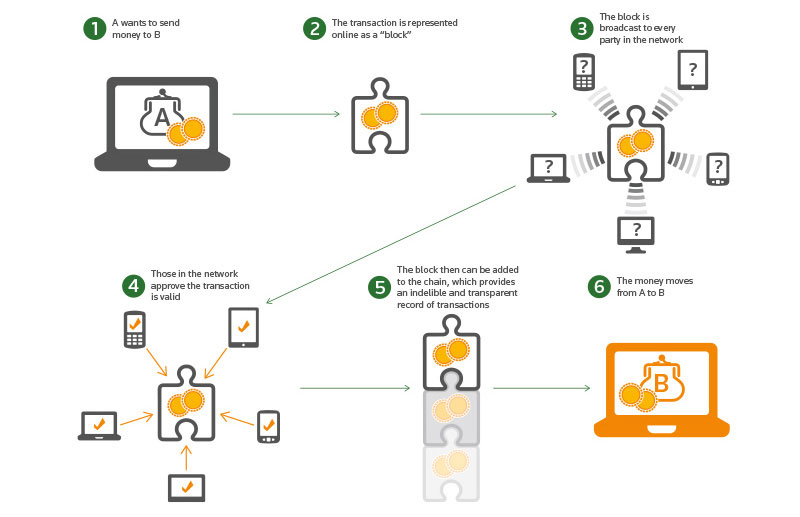
1. Cryptographic Keys
A cryptographic key is a string of bits used by a cryptographic algorithm to transform plain text into cipher text or vice versa. This key is private and ensures complete security during the transactions process. It can either be symmetric or asymmetric. Symmetric keys need only one key to do both processes i.e. encryption and Decryption.
The length of both these keys is expressed in bits. A certificate authority allocates public and private keys using public key infrastructure. Longer the key more the security, though it takes more time as well in encryption or decryption. Private keys are provided to its requesters and the public key is made public in an open access directory.
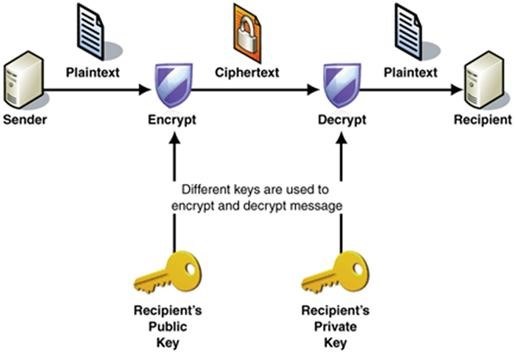
So, if two people transact over the internet, both will have a public and a private key. A person is identified by his keys. The combination of these keys creates a digital signature that provides strong control of ownership.
After strong control over ownership, the next thing is to understand a Distributed Network.
2. A distributed Network
The Blockchain is a peer to peer relationship in which a large number of systems are interconnected with each other. This large network allows transactions to flow from one protocol to another protocol. But all these systems connected with the Blockchain can always see what is happening in the system. So, if A had 1 million dollars in the start and now want to make a transaction of 10 million dollars with C, one can trace its previous transactions and see the authentication of the transaction. In short, the size of the network is important for Security. So when cryptographic keys are attached to this network, it creates a super useful form of digital interactions.
3. Network Servicing Protocol
This is another important part of Blockchain. For open, public Blockchain, this involves mining. Mining is built off a unique approach to an ancient question of economics — the tragedy of the commons. There is a reward available for one of the computers that help in processing the transactions. In short, personal interest is being used to help service public need. Blockchain helps to overcome the problem of double usage of a bitcoin or other digital currency.
Blockchain solves this problem through nodes of network maintaining and recording the history of transactions for each Bitcoin. They basically vote with their CPU power, expressing their agreement about new blocks or rejecting invalid blocks. When a majority of the miners arrive at the same solution, they add a new block to the chain. This block is time stamped, and can also contain data or messages.
I am Pawan Kashyap currently living in Amritsar. I always try to grab new things from the cryptocurrency market. From my observations and trends in the market, I always try to provide the best and accurate information in the form of articles from this blog. Follow us on Facebook, Instagram, and Twitter to join us.



